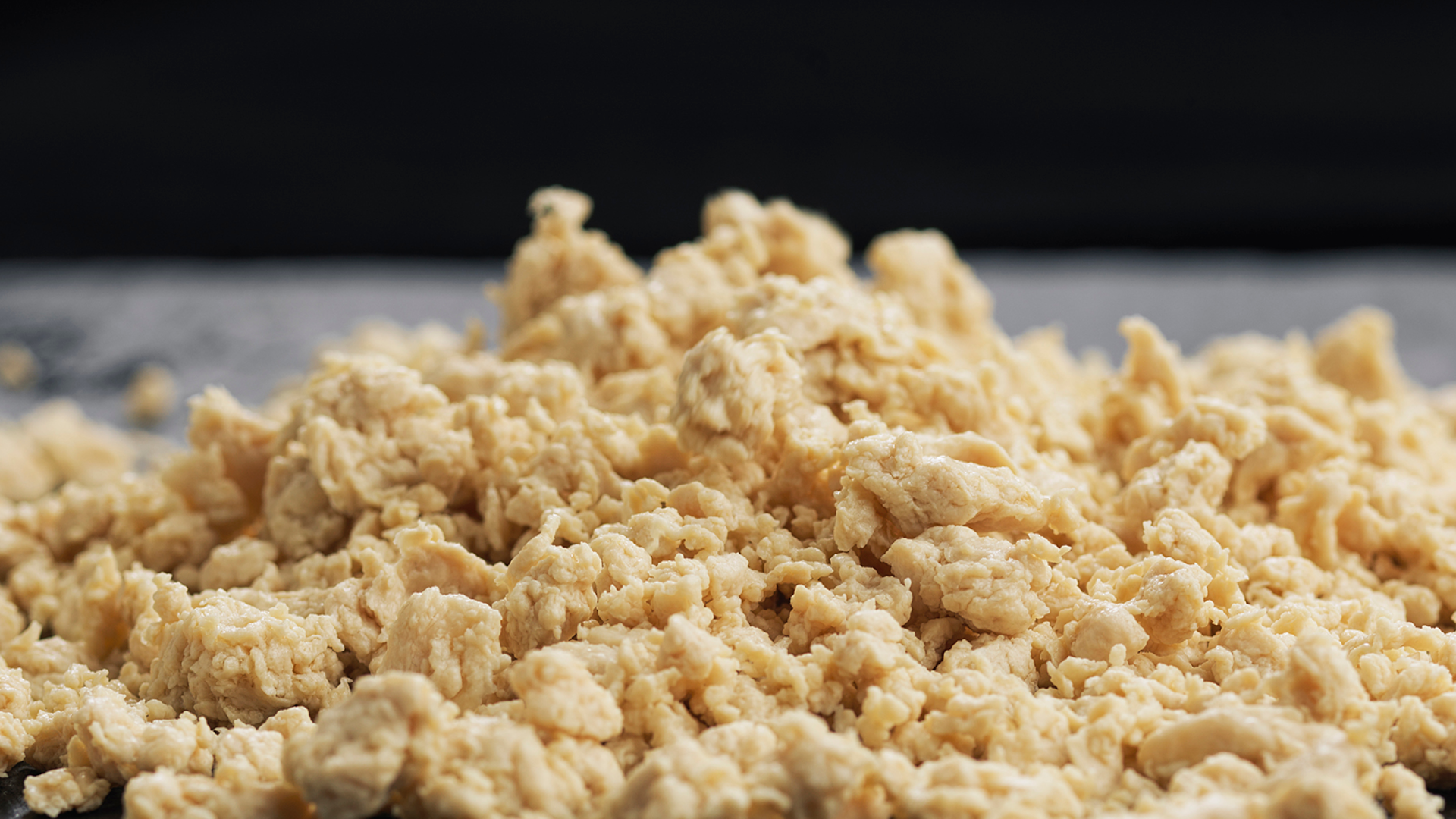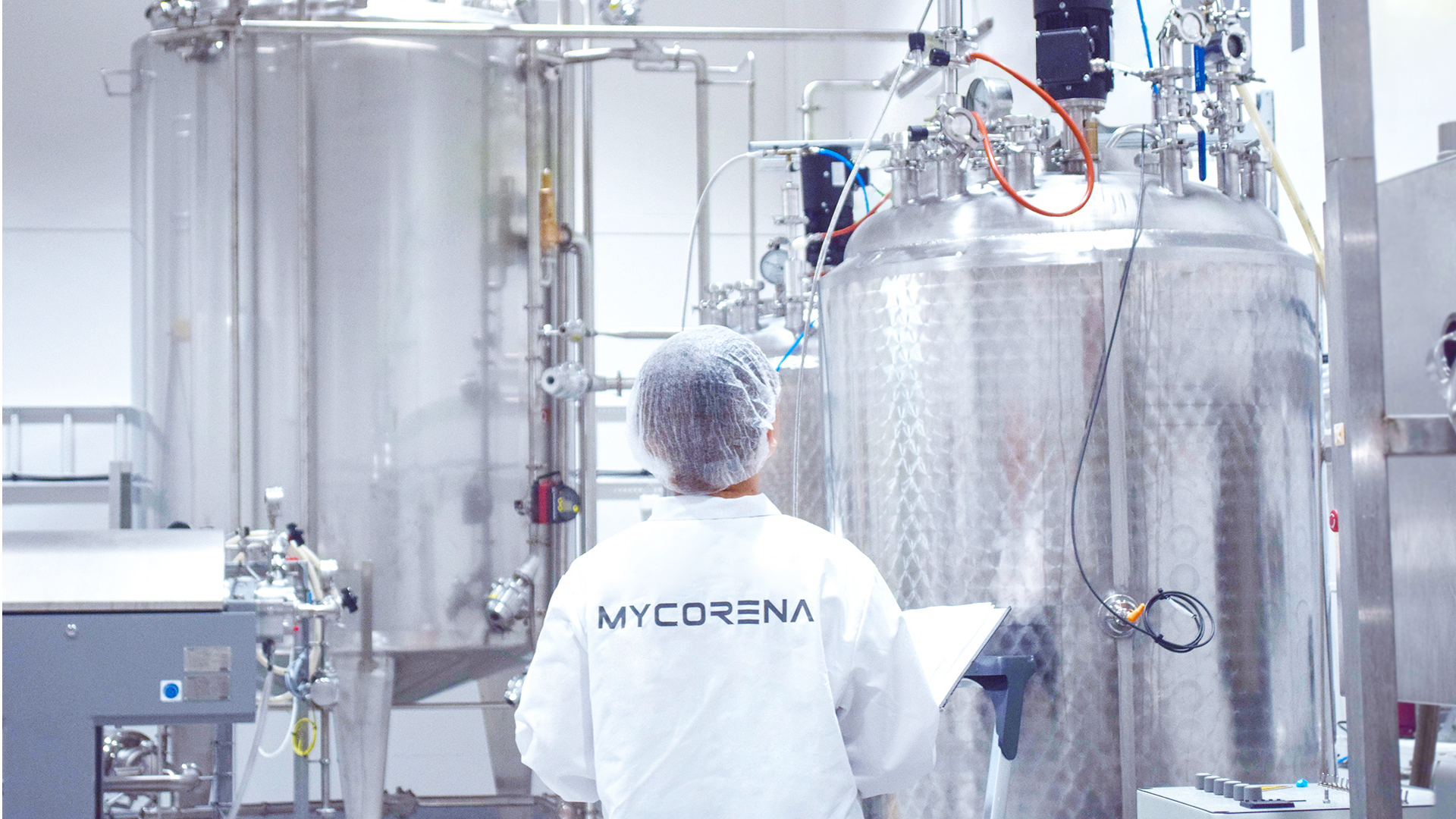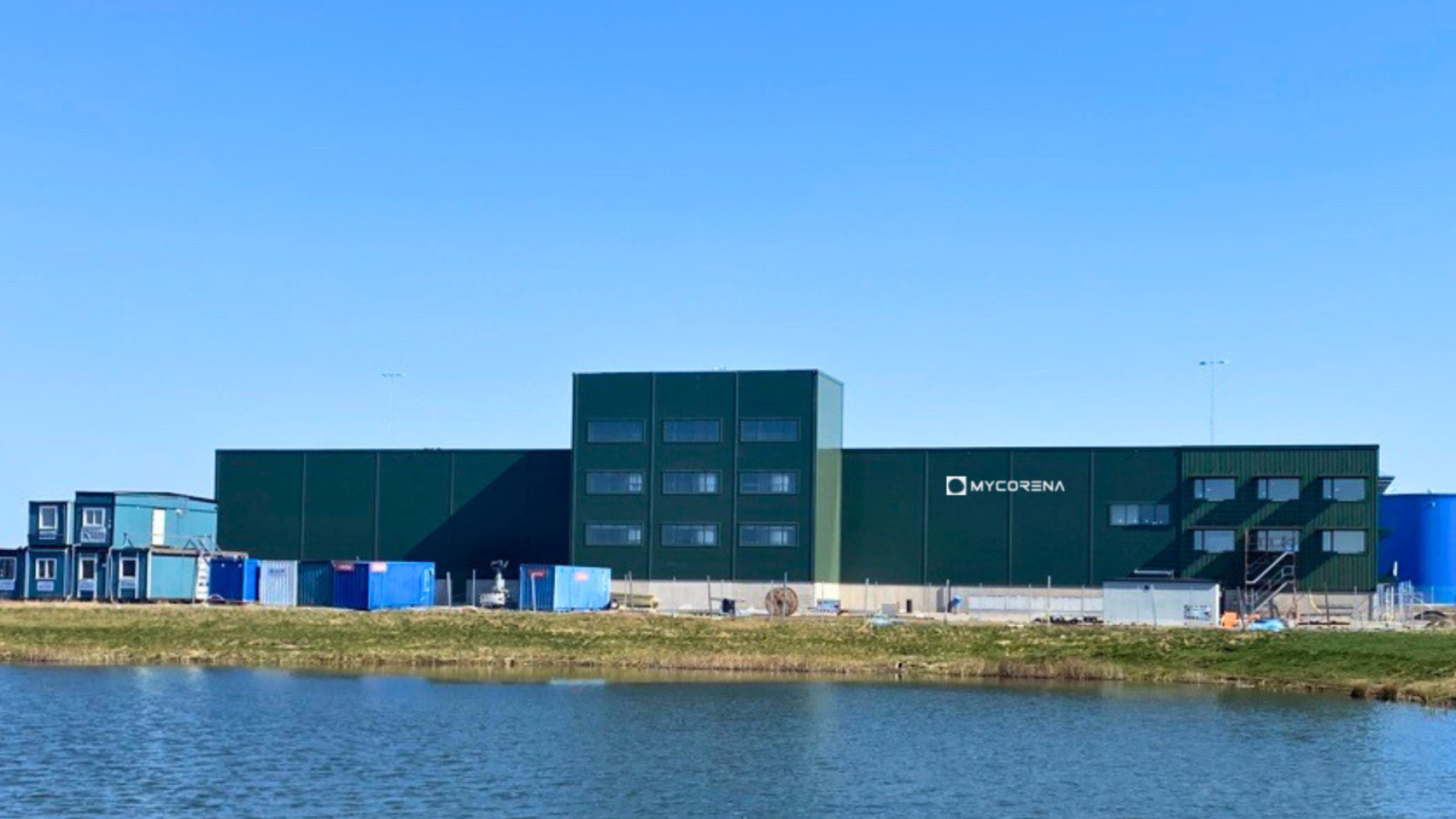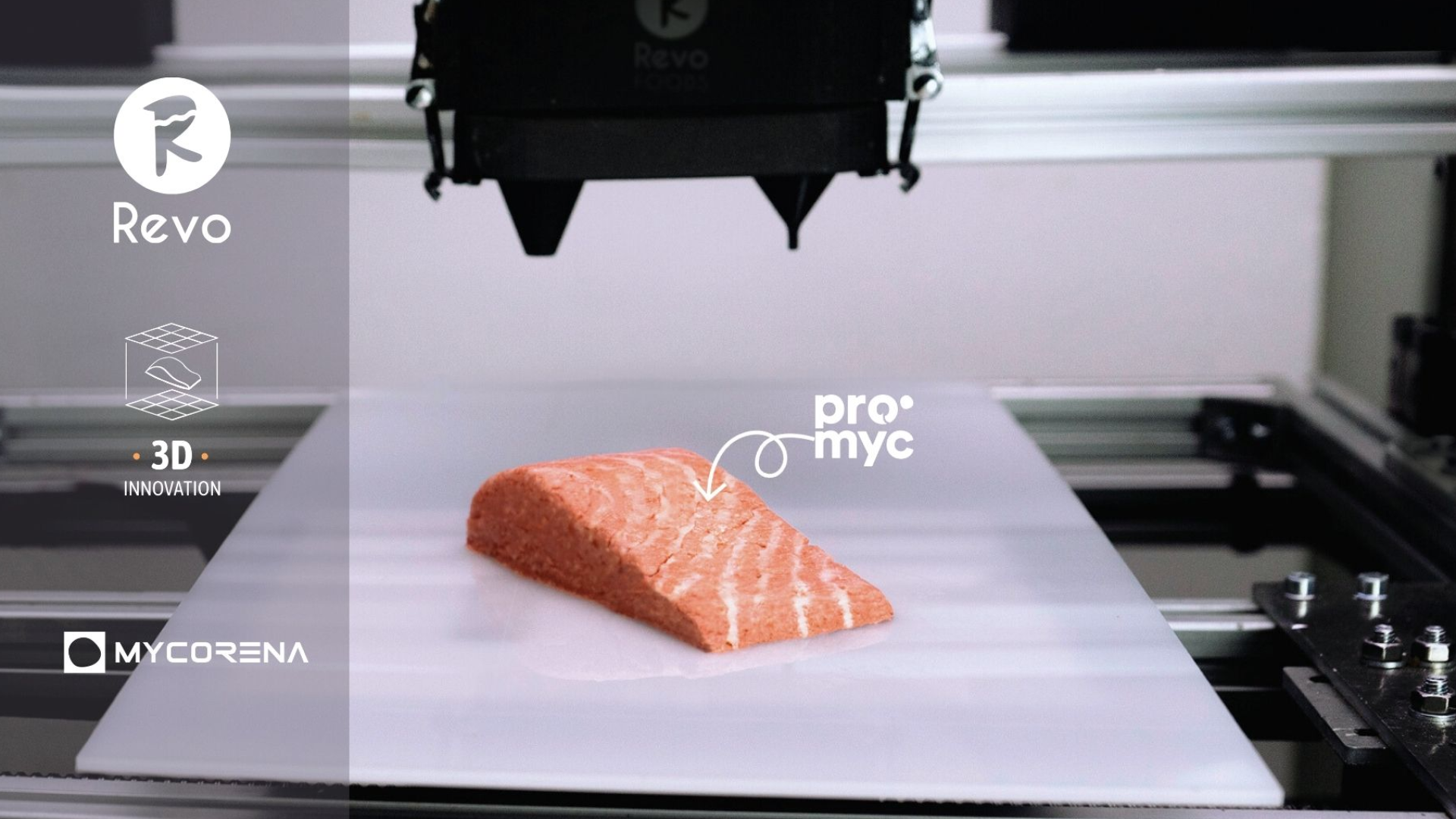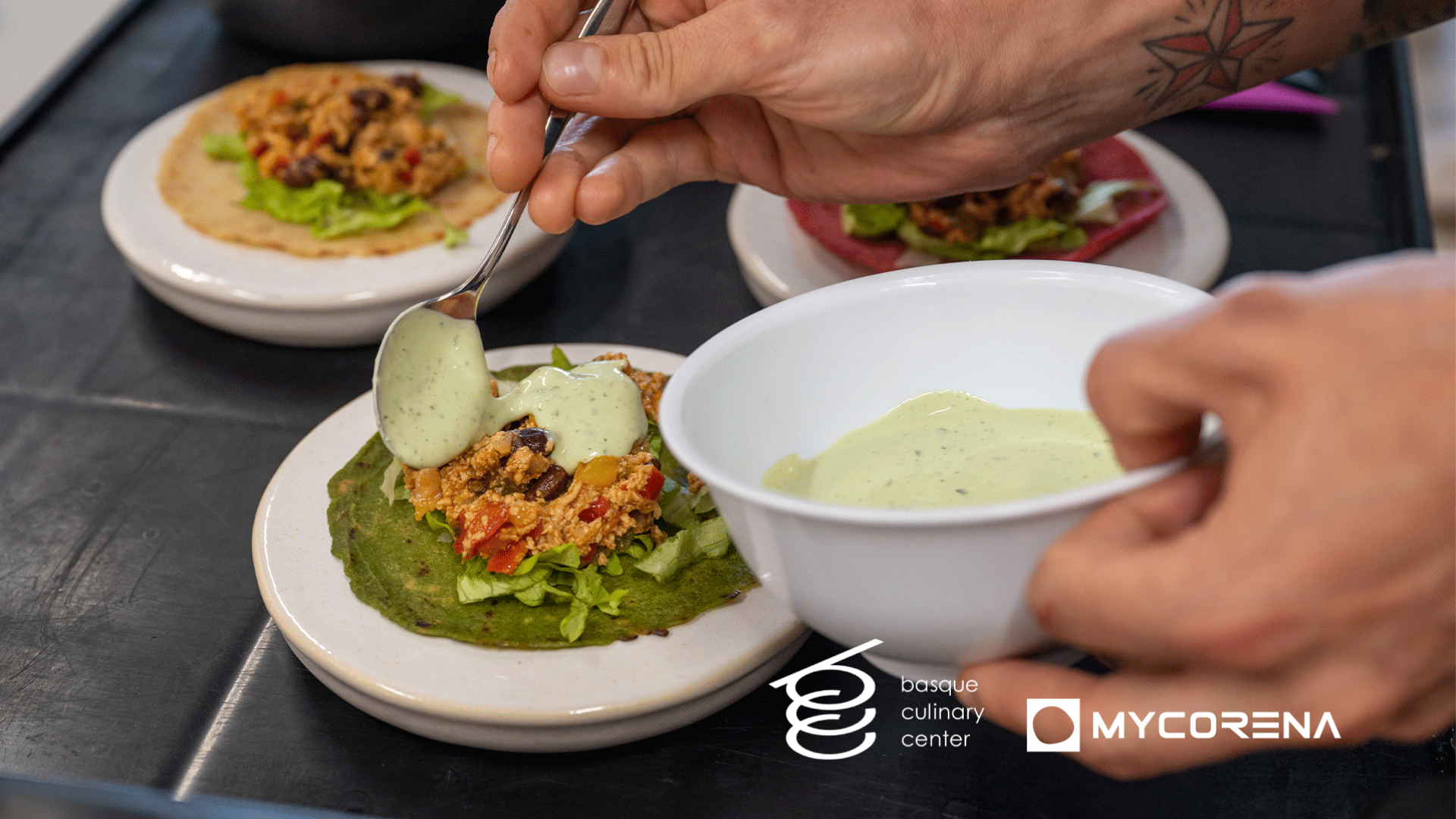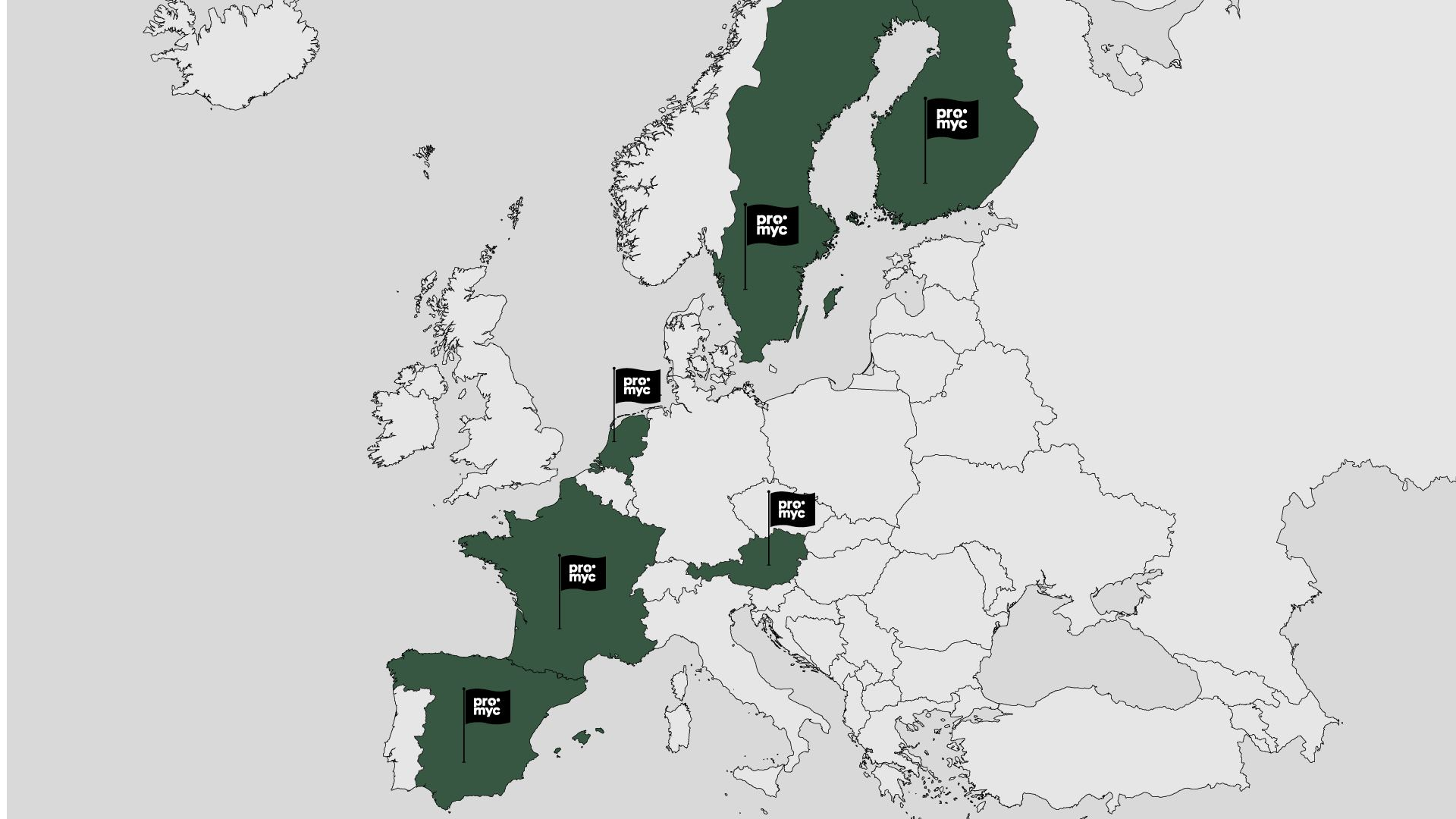Mycoproteins are becoming increasingly popular in the food industry, but the quality and properties of different types can vary widely. For instance, Quorn's mycoprotein is often used as a reference point, even though it might have little resemblance to other species. But being a relatively new ingredient, it might not be clear how they differ.
First of all, we need to understand what mycoprotein is.
The etymology of the word translates literally to "protein from fungi". Now, for industry experts used to handle plant-based proteins, the term can cause a misinterpretation of the ingredient.
Firstly, "protein from" may indicate that mycoprotein is a protein extracted from fungi, but the truth is it refers to the whole fungal organism itself, which can contain up to 70% protein in dry weight. In this sense, food product developers are often used to working with plant protein isolates or concentrates. This means chemically extracting the protein from the plants, processing it to a certain purity level as a powder or extruded into a texturised form. Mycoprotein, on the other hand, is not chemically processed and is a whole food similar to how one would eat a soybean instead of a soy protein isolate.
Fungi are as diverse as animals or plants. Hence, mycoprotein is as broad a descriptive as plant protein. For example, soybean and wheat kernels are plant proteins but differ utterly and behave accordingly. In this sense, it is only natural that mycoproteins are equally different.
So, what is the difference between mycoproteins?
When searching for plant-based proteins for product development, various options depending on which plant they originate from and how they are processed. For example, powders, dry extrusion granules, and wet extrusion chunks chilled or frozen. The varieties differ in off-taste and colour, with higher functionality to emulsify, gel, or foam, with various price ranges depending on the specific assets.
The current scenario for a variety of mycoprotein forms is quite similar. It ranges from powder forms to dry rehydratable pieces, wet paste-like structures, frozen granules and even chunks. Taste neutrality and profile can also vary depending on the source. Colour, functional properties related to emulsification, water and oil holding capacities, and flavour retention are all differing aspects. More importantly, mycoprotein is a fibrous material that can impact texture quality. How the fibres are perceived when biting can define essential elements of mouthfeel, chewiness, and the product's hardness.
But what makes different mycoproteins so different from each other?
Three main aspects define the quality of a mycoprotein ingredient product.
- Species:
Saying all fungi are the same is like comparing a cow to a parrot. Fungi include anything from the mushrooms we eat regularly to the main actors in fermenting blue cheese and far beyond what we use in food. Using a particular species in a mycoprotein process defines a large part of the product's nutritional content, such as the amount of protein, fibres, and vitamins. Species also impact food safety; some fungi species can produce toxins while others are safe. Sensory aspects like taste and mouthfeel are also affected by the particular species' growth, as they grow in different shapes and forms and produce different metabolites that affect taste perception. For example, one species might deliver an ingredient that is soft and easy to chew with a neutral taste, while another's longer fibres create a chewier product with more protein.
- Fermentation process:
The fermentation process can substantially affect the quality of a specific mycoprotein product, even when using the same species. Fungi are highly adaptable organisms, meaning they will grow differently if the conditions of their environment change. Growing a fungus in the right conditions can result in a safe product with no off-taste and a pleasant texture. In contrast, under the wrong conditions, the same fungi might start to generate molecules that create off-tastes and grow their fibres in forms that end up in a grainy, unpleasant texture. There are even food safety concerns in some cases, as certain species will produce toxins under certain growing conditions. Growing such species under the wrong conditions without proper monitoring can result in a product that is unsafe for consumption.
- Downstream processing:
The processing after the fermentation until packaging is critical to determine the product's quality and properties. Because the fungi grow under biological conditions, the first concern is food-safe processing to ensure no contamination in the final product. Then, different actors process the biomass in many different ways, usually including crucial steps such as heat treatments and dewatering. How these steps are conducted will affect potential off-tastes that could remain in the product from the fermentation process. It affects how the fungal fibres are displayed towards each other and how much water they hold, directly impacting the texture and mouthfeel of both the ingredient and the final product. In addition, the processing determines the nutritional composition by avoiding the degradation of certain nutrients, as well as the shelf life of the ingredient due to the fungi's remaining biological activity. Ultimately, the product is finalised through freezing or drying before packaging, which affects the product's form and behaviour when handled and the final product's shelf life.
What does this mean for the industry?
As a relatively new ingredient in the food industry, it is common to see manufacturers listing ingredients such as soy protein, pea protein, and mycoprotein. Unbeknownst that mycoproteins are as different as each other as the other two ingredients. Today, we see food products containing three or more different plant-based proteins in their products because a single one cannot deliver all the necessary properties desired in a product. Therefore, it becomes evident that there is a need to start looking at mycoprotein as a category of ingredients, not a single ingredient.
Each company producing it will deliver a different product, and all mycoproteins currently on the market differ. In these early days of mycoprotein as an ingredient, we have already seen proof of how much variety the few readily available options can deliver to food products. We are confident that what is available today is only a fraction of what we know is possible. So naturally, we are looking forward to the future of mycoprotein with anticipation.
